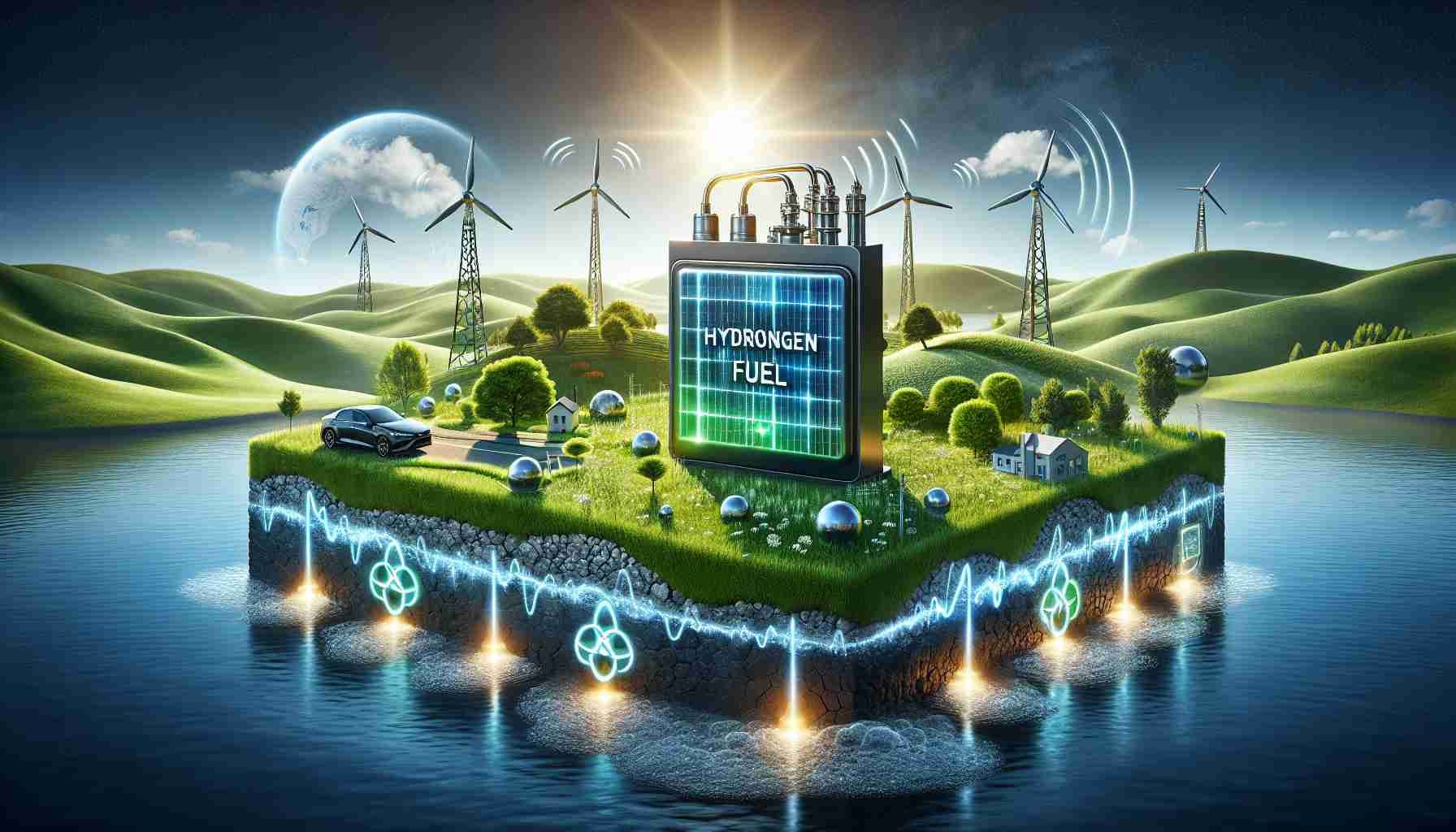Key Takeaways
- South Korean researchers are pioneering the use of microwaves to revolutionize hydrogen production, offering a greener alternative to traditional methods.
- This innovative process significantly reduces the high temperatures and long durations usually required, slashing energy demands by 60%.
- Efficient hydrogen production paves the way for cleaner energy solutions that emit only water and heat, minimizing climate impact.
- The breakthrough at Pohang University is part of a global movement towards sustainable energy, including efforts to utilize biowaste and solar power.
- Individuals can support environmental efforts by adopting small lifestyle changes, like walking short distances instead of driving.
Harnessing the subtle power of microwaves to revolutionize hydrogen production might sound like a plot from a sci-fi novel, yet researchers in South Korea are turning this vision into reality. Envision the same technology that warms your microwavable lunch, now cutting through the complexities of chemical reactions to deliver a purer, greener energy source.
Deep within Pohang University of Science and Technology, scientists are unraveling the nucleus of an otherwise energy-intensive process. Current hydrogen production methods often guzzle fossil fuels, but they have discovered a game-changer: the ability of microwaves to dramatically reduce the gargantuan temperatures typically needed. Imagine lowering the fiery requirement of over 2,732 degrees Fahrenheit by a staggering 60% and achieving results in a fraction of the time! What once demanded hours can now transpire in mere minutes, unlocking precious “oxygen vacancies” within water-splitting elements.
This breakthrough indicates a glistening future where hydrogen could power our infrastructure without choking the atmosphere with carbon. Unlike burning hydrogen, which emits lung-irritating nitrogen oxides, the real boon lies in utilizing cleaner methods and fuel cells for energy—that emit only heat and water, sidestepping the cascading consequences of climate change and pollution.
Across the globe, other bright minds are in pursuit of similar goals, from extracting energy through biowaste to harnessing the sun’s rays. These innovations belong to a larger movement reshaping our relationship with energy.
But let’s not wait for the next technological marvel to make a difference. Walking instead of driving short distances is a small but potent act that contributes to a cleaner Earth. These steps, whether they lead to picking up dinner nearby or throughout daily routines, collectively ease our environmental footprint and enhance our personal well-being. Let us take strides that honor the planet before us and the innovations that are yet to come.
The Hidden Revolution: Microwaves and Hydrogen Production – What You Need to Know
How Microwaves Are Transforming Hydrogen Production
Harnessing microwaves for hydrogen production offers a groundbreaking shift from traditional methods that consume high amounts of fossil fuels and produce significant carbon emissions. Researchers at Pohang University are finding that microwaves can lower the high temperatures typically necessary for the water-splitting process, used in hydrogen production, by as much as 60%. This advancement could lead to more efficient, cost-effective, and environmentally friendly hydrogen energy.
Real-World Use Cases
Traditional hydrogen production is predominantly used in ammonia synthesis, petroleum refining, and methanol production. However, with microwave-assisted methods that significantly cut energy usage and production time, hydrogen can become viable for widespread applications in green energy initiatives, such as in fuel cells for electric vehicles and backup power systems.
Market Forecasts & Industry Trends
The hydrogen production market is expected to grow significantly, driven by government support, a push towards renewable energy sources, and innovations like microwave-assisted production. According to Allied Market Research, the global hydrogen generation market could reach $201 billion by 2025, showing promising potential for microwave-assisted processes to capture a slice of this growth.
Features, Specs & Pricing
Microwave technology for hydrogen production is still in the research and development stage, hence it lacks commercial availability and definite pricing models. However, the main feature of this method is its efficiency in lowering both energy requirements and operational costs through reduced need for fossil fuels and infrastructural demands.
Security & Sustainability
Utilizing microwaves for hydrogen production enhances both the energy security and the sustainability of energy supplies. With less reliance on fossil fuels and the ability to use renewable electricity sources to power the microwave systems, this method reduces greenhouse gas emissions and lessens the environmental impact of hydrogen generation.
Controversies & Limitations
Despite its promise, microwave-assisted hydrogen production has some limitations, including the scalability of the technology for industrial use, potential high initial setup costs, and the need for further research to understand any long-term implications fully. Moreover, the technology needs rigorous safety evaluations to ensure it operates without unforeseen risks.
Pros & Cons Overview
Pros:
– Reduces energy requirements significantly
– Lowers operational costs and carbon emissions
– Promotes cleaner, sustainable hydrogen production
Cons:
– Scalability and industrial application challenges
– High initial investment for infrastructure
– Requires further development and safety testing
Insights & Predictions
Microwave-assisted hydrogen production holds potential to be a major player in the green energy revolution. As technology advances and becomes more cost-effective and scalable, it could greatly contribute to reducing carbon footprints industry-wide. Expect increased collaborations between academic institutions and commercial enterprises to accelerate these developments.
Conclusion & Quick Tips
Adapting technologies such as microwaves in hydrogen production can significantly influence the energy sector’s shift towards more sustainable practices. In the meantime, individuals can contribute by reducing personal carbon footprints through simple lifestyle changes like walking instead of driving short distances.
For more information on emerging green technologies, explore sites such as DOE Energy or IEA. These resources can provide further insights into advancements in energy efficiency and sustainable technologies.


















